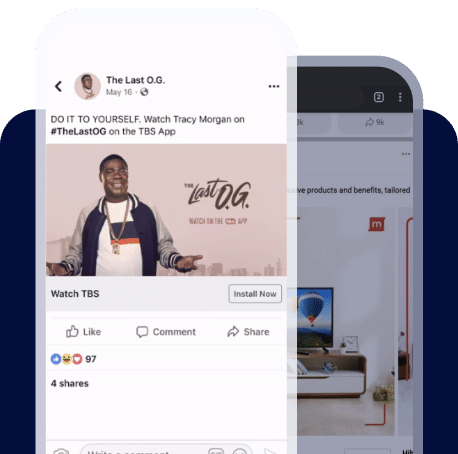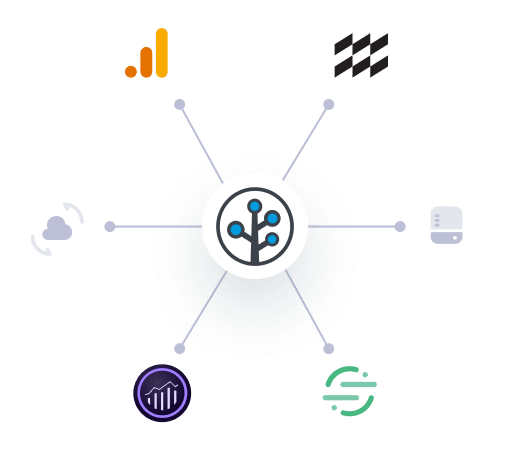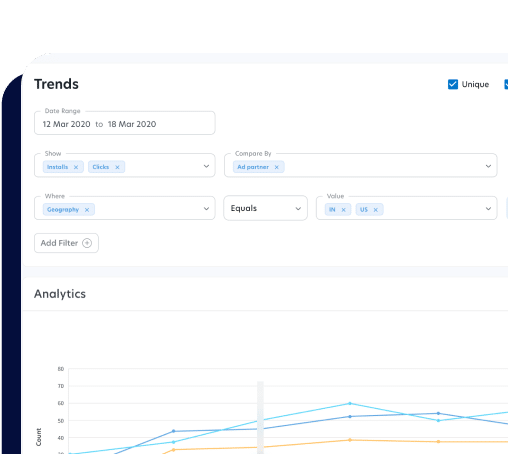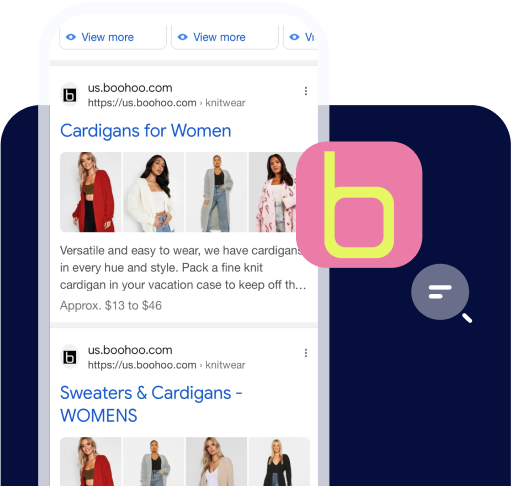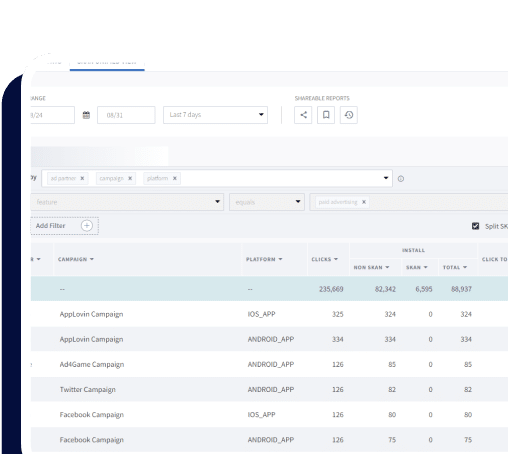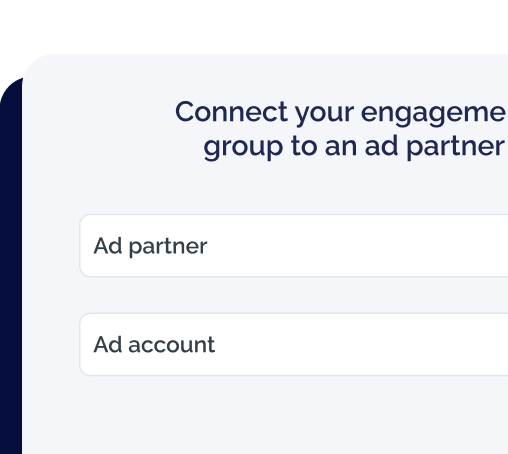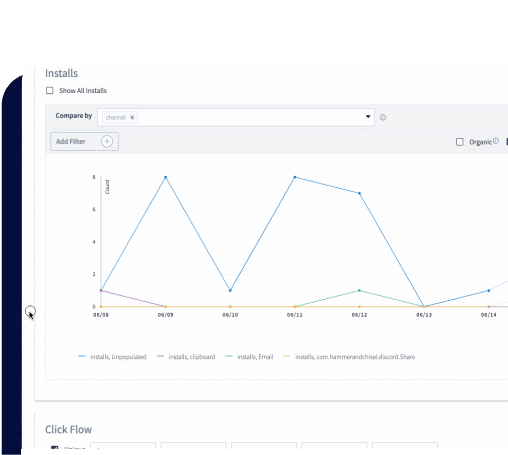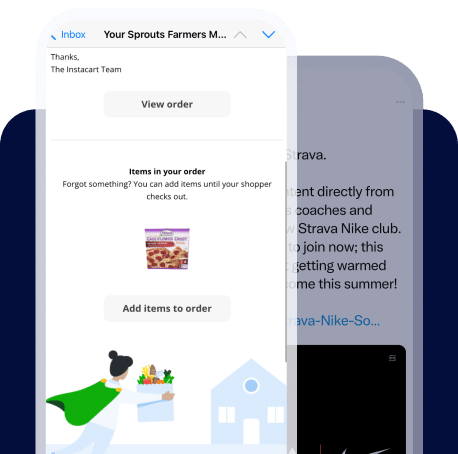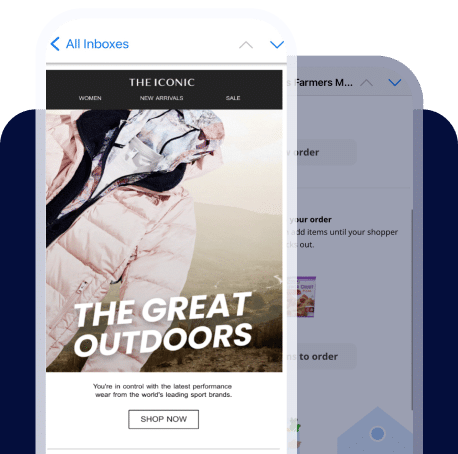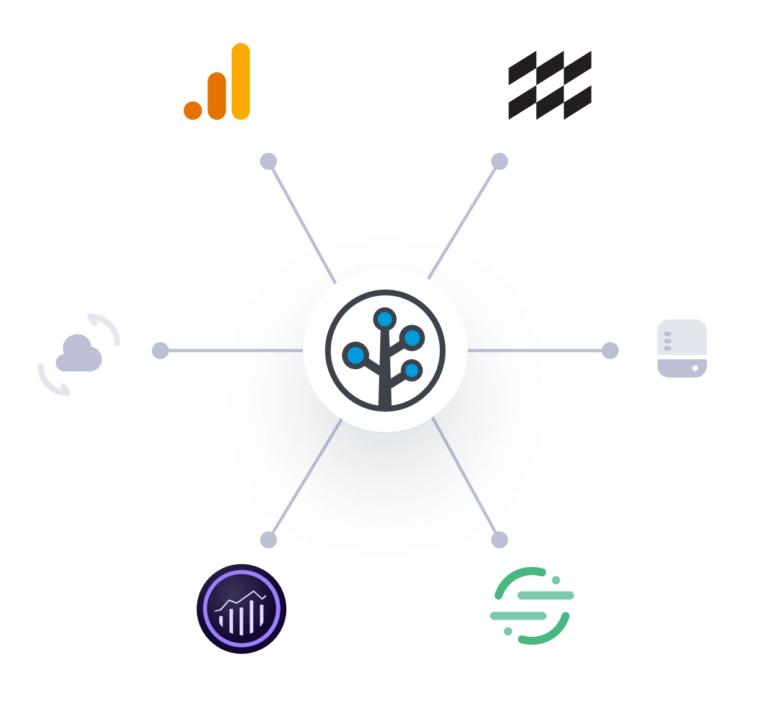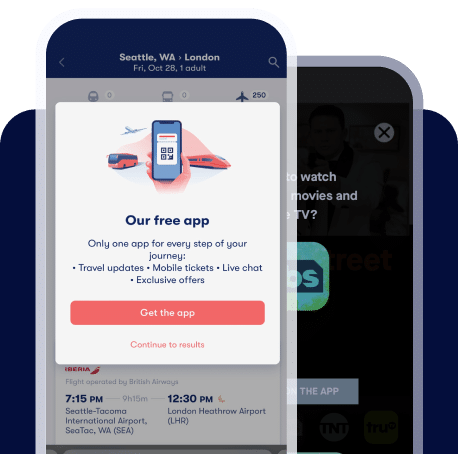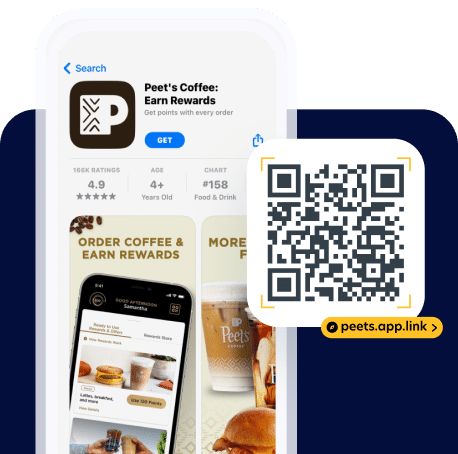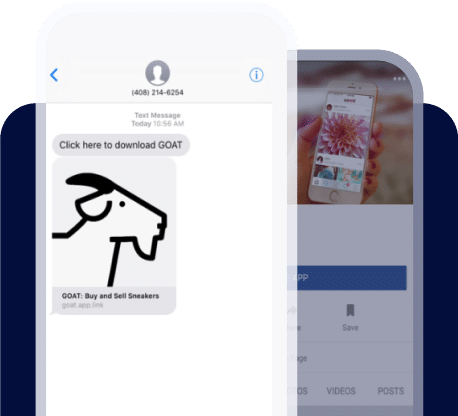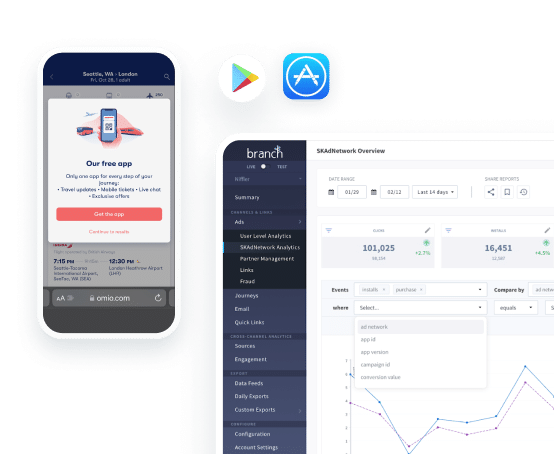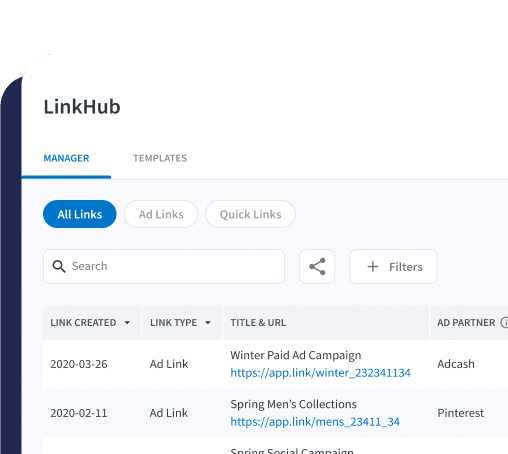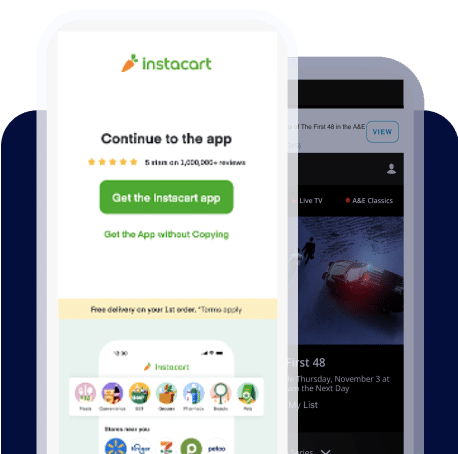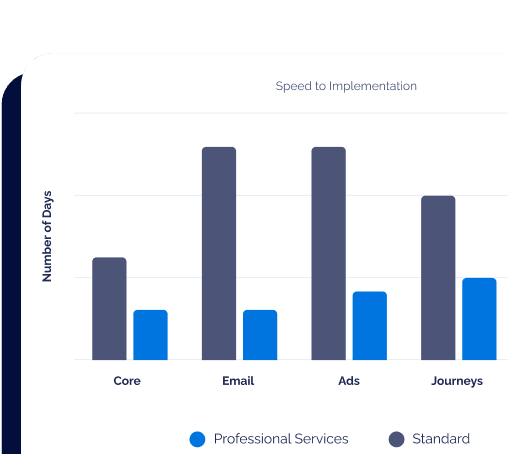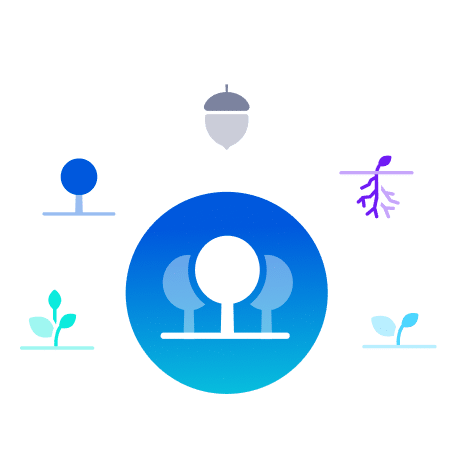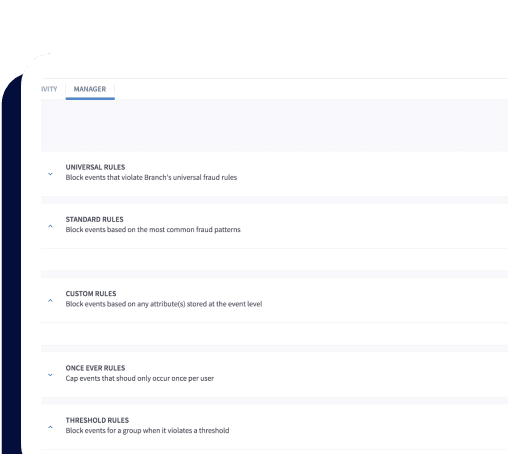This article was originally published on the TUNE blog. Branch acquired the TUNE Attribution Analytics product in September 2018, and we have republished select pieces of content for the enjoyment of Branch customers.
The novelty of apps has decidedly worn off, even though it’s hard to picture life without them. We use apps to message friends, hail a ride home, track workouts, watch TV shows, and play music. Yet with the mobile industry expanding into new technologies and app stores constantly adding content and features, the app ecosystem is ever-changing as, well, ever.
Understanding the way the app ecosystem is shifting is key for any marketer looking to keep their app front and center, not to mention seamlessly integrated with the rest of their business. Below, we cover several ways the app ecosystem is evolving in 2018 that you should keep an eye on as the year progresses.
7 App Ecosystem Trends to Watch
1. Video streaming apps will continue to rise.
In 2017, video streaming apps were responsible for an 85% increase in annual spending in Apple’s App Store and a 70% increase in Google Play. Major companies in the space like Netflix, Snap, and Disney have made it clear that they plan to continue investing in this category, signaling that this area will continue to see growth in both engagement and revenue.
2. Instant Apps will raise the quality of apps across the board.
Android Instant Apps were introduced by Google in 2017, allowing customers to preview the flagship features of an app before installing it. At that point, they were limited to just a few apps, but that number will increase in 2018. Beyond changing the way users discover and interact with apps, this breakthrough gives customers more power to choose which apps truly suit them, requiring companies to ensure their apps are good enough to pass muster.
3. Consumer spending in app stores will exceed $110 billion.
With shopping apps growing in popularity (by a whopping 54% last year alone) and enterprise companies moving into mobile, global consumer spending is expected to cross the $110 billion threshold this year. This means that companies should be bullish about creating opportunities within their apps for customers to make purchases, whether through subscription models, reservations, registrations, retention marketing, or in-app purchases.
4. Voice will make its mark.
There is much yet to be established with voice technology, including how advertising, search, and indexing play out. But what we know for sure is that it’s going to be a hallmark of how customers interact with apps and devices at large.
Amazon has already added a voice notifications capability to Alexa-enabled devices (currently in beta). And some marketing and communication companies are already testing Alexa notifications. Like the first push notifications, voice notifications right now are simple, but they have the potential to evolve into a range of valuable interactive experiences. This is all indicating that voice isn’t going to be something customers just passively use — companies will have the opportunity to remind customers to engage with them, just like they do today with push notifications and in-app messages.
5. Connected everything will become the norm.
Connected devices will become more prevalent, opening up opportunities for companies when it comes to everything consumers interact with. This includes thermostats, cars, speakers, lights, wearables, appliances, TVs, and everything in between.
There’s always a first-move advantage at play. Marketers should consider how their company can be the first to tackle an untapped connected device, and reap the advantages of being the first brand consumers think of in that arena.
6. Independent publishers will gain access to new opportunities.
Both Google and Apple announced changes to the Android and iOS app stores in June 2017 that were aimed at better curating apps and editorial content. This change will give lesser known apps and publishers the change to be showcased, leveling the playing field for all.
7. The mobile web will become increasingly connected.
In the olden days, brands used to be able to develop an app and consider it the entirety of their mobile marketing strategy. But now companies need to ensure they have a seamless experience across web, app, customer service, and brick and mortar.
A greater number of brands are even investing in progressive web apps given the faster page load times, greater conversion rates, lower bounce rates, and higher page session times. To succeed in today’s app ecosystem, marketers need to be able to measure across devices — and everything users access on them, whether its online or in a native application.
The Future of the App Ecosystem
Apps used to be utilities that consumers used for entertainment, or as a digital shortcut for a once-manual task. Now, they’re a hallmark of modern life. This means that as the app ecosystem evolves, marketers must keep the customer at the center. Marketing to the masses through an app isn’t going to cut it, but delivering an experience that feels more personal than technological just might.

